Currants are a great addition to any homestead. Native to the United States, currants are a flavorful and versatile berry used in jellies, jams, wine, cordials, puddings, and pies. Currants, no matter whether they are black, red, pink, or white, establish readily in the homestead garden where they will provide an annual abundance of sweet and succulent berries for decades to come.
Currant bushes are an attractive addition to the home garden, taking up scant space against walls, trellis, and foundations. Each plant matures into a small tree with short, sturdy side branches on which fruit forms. Their relatively small plant size, ease of cultivation, and flavorful fruit make them well suited for home cultivation.
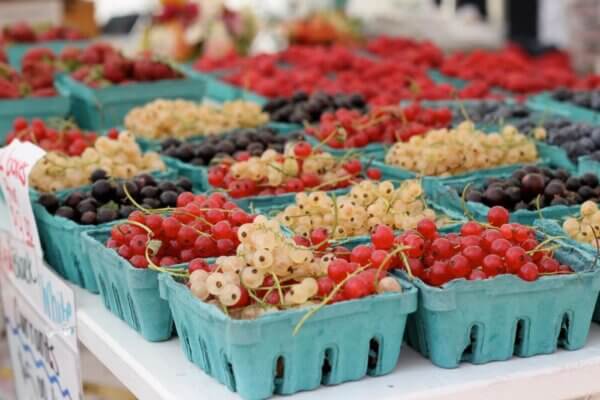
A cold tolerant, long-living perennial, currant bushes thrive in United States Plant Hardiness Zones 2 through 5. Currant bushes attract bees, birds, and butterflies to the home garden, so plant plenty for everyone.
Currant bushes are available for purchase online, or from local nurseries and home and garden supply centers. Choose healthy, bare root plants that will establish quickly once planted.
https://www.instagram.com/p/BW-RVdkDOt1
Experienced gardeners and growers suggest planting several different varieties of currant bushes to provide a steady, tasty crop all summer.
Resistant to mildew, the plants are quick to establish and produce significant growth the first year. They will also have an abundant crop within 18 to 24 months. Full fruit is achieved within three years.
At maturity, most varieties of currant bushes will bear up to ten pounds of fruit per year.
Currant Bush Varieties
White, Pink, And Red Currants
White, pink and red currants are all the same species, Ribes Sativum. The white and pink varieties are albino selections of the red currant.
https://www.instagram.com/p/BW-YRftlHrW
Since the fruit of white and pink currants is less acidic than the more colorful varieties, the pale colored fruits are considered by some to be the most flavorful and best for eating fresh. White, pink, and red currants are self-fertile. A single plant will set fruit without other currant cultivars nearby.
Black Currants
Ribes Nigrum, the European black currant, has a pungent scent and unusually delicious taste. Black currants are widely grown throughout Northern Europe for their high content of vitamin C.
https://www.instagram.com/p/BW-EYFWAA-K
Only some varieties of black currant are self-fertile, so it is best to plant a second cultivar to ensure the fruit sets. Black currants are sweet and flavorful when fully ripe, they exhibit a deep, blackish-purple color.
Favorite Currant Varieties For Homestead Planting
Rovada
Presenting large, luscious fruit in profusion from early July through early September, Rovada gifts the gardener with six to eight pounds of berries per plant. The bright red currants are also exhibited on long stems, making them easy to harvest.
https://www.instagram.com/p/BV2ikcpBrGh
Red currants are excellent for canning or freezing. Through out the winter, the fruit is perfect for pies, jams, and jellies to compliment the table. Your first crop can be expected within six months of planting.
Pink Champagne
The Pink Champagne variety produces high yields, is exceptionally flavorful, and great for fresh eating.
https://www.instagram.com/p/BWaRrrmF46J
The plant is disease and pest resistant, but produces a smaller yield than other varieties.
Ben Connan
A heavy cropping, small and compact plant, the “Ben Connan” variety of currant bush produces a wealth of big black berries with a vibrant flavor. The Ben Connan variety is early cropping, creating an abundance of berries beginning in July and continuing until the first frost in the fall.
https://www.instagram.com/p/BW8AOxjg_ce
Although the bush will produce fruit the first year, it truly shines by the second year. This variety will produce as much as eight to ten pounds of fruit per bush at maturity. This hardy plant is mildew and frost resistant and quickly establishes to grace the garden for many decades.
Big Ben
Large and lush, the black “Big Ben” variety of currant bush stands head and shoulders above the rest. This bush bears huge, strong-skinned, shiny berries that are almost twice the size of other common currant bush varieties. The Big Ben is a heavy producer, bearing several pounds of fruit per bush at maturity.
https://www.instagram.com/p/BW8hWXVnmqR
The flavorful berries are born on naturally arching heavy stems for easy picking. This variety of currant bush is packed full of flavor. Berries from the Big Ben can be enjoyed fresh, or used in jams, jellies, cobblers, cakes, cookies, and crumbles.
Tips For Growing Currants
Growing Conditions
While currants will tolerate less-than-perfect growing conditions, they prefer full sun and nutrient rich, well-drained soil. Although currants will grow in soil with a pH between 4 to 7, they flourish when established in soil with a pH of 6.0 to 6.5.
https://www.instagram.com/p/BWydRzqgK21
Experienced gardeners suggest planting currant bushes in a location that receives morning sun and afternoon shade. When currants are planted in a heavily shaded area, they will exhibit less vigor and produce smaller fruit.
Preparing The Soil
Before planting, work the soil well, removing rocks, debris, and perennial weeds. While currants will tolerate marginal soil, they perform best in soil enhanced with generous amounts of organic material such as well-aged herbivore (cow, horse, sheep, goat, llama) manure.
You should plant currant bushes in the spring. This gives the plant time to develop well formed roots and become established before the onset of hot weather. Most currant bushes sold online or at local nurseries are bare rooted. Soak the bare roots in water for at least two to three hours before planting.
https://www.instagram.com/p/BVjNG0Cjni_
Plant currant canes to a depth where soil covers the first two or three buds above the root ball. This will encourage a vigorous root system, and the development of multiple canes.
White, pink, and red currant bush varieties should be planted approximately three feet apart. Black currants, which are more rapid growers, should be planted about five feet apart.
However, to ensure an abundant harvest, experienced gardeners recommend planting more than one variety of cultivar to ensure a bountiful crop of berries.
Choosing A Mulch
Provide a thick, two to three-inch layer of organic mulch such as pine needles, garden compost, leaves, or wood chips around the base of currant bushes. The mulch will help to conserve moisture and control weeds.
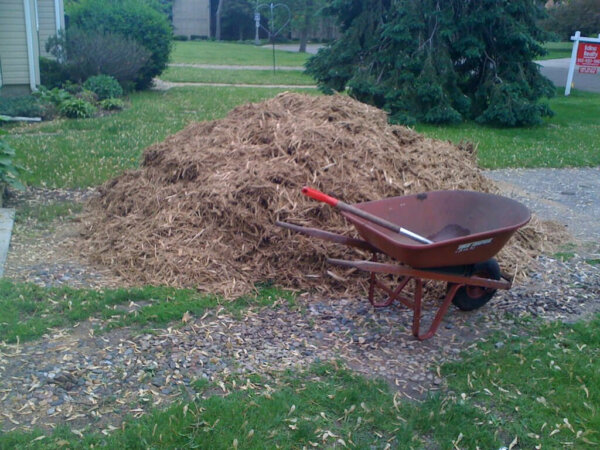
If you use a low-nitrogen mulch, such as sawdust or wood chips, supplement your plants with an extra nitrogen fertilizer. Keep in mind that yellowed leaves and less than productive growth are signs of a lack in nitrogen.
Watering And Maintenance
Currant bushes require well-drained soil that stays slightly damp. Do not allow the soil to dry out completely. Currants grow best with at least one-inch of water per week.
Be sure to prune currant bushes annually to shape, remove weak or dead canes, and keep the canopy open. Prune your currant bushes in late fall after the weather cools and the plant is dormant. Keep in mind that currant bushes produce the most berries on new wood. Old canes should be removed annually to encourage new growth.
Don’t forget to pick (and enjoy) the sweet and succulent berries from your currant bushes before birds can steal your crop!
A Bountiful Harvest
Currants can be eaten fresh from the garden, canned easily, or tossed in the freezer for later use.
Speaking of canning, here is a tasty recipe for currant jelly:
Currant Jelly
Ingredients
- Currants
- Water
- Sugar and honey (to taste)
Instructions
- Wash the currants and keep the stems – stems provide added pectin for a firm jelly set.
- After washing, place currants in a non-reactive saucepan and cover with water.
- Bring currants and water to a gentle boil.
- Once the water has reached boiling, cover and reduce to a simmer on low heat for 20 to 30 minutes. Stir occasionally.
- When the currants are done cooking, remove the saucepan from heat and mash with a potato masher until you have a pulp.
- Spoon pulp into a jelly bag, or cheesecloth, to drain over a large glass bowl.
- Allow the pulp to drip and drain overnight. Do not squeeze the jelly bag, this will cause the jelly liquid to cloud.
- The next day, place strained liquid into a non-reactive saucepan.
- Add sugar or honey to taste.
- Bring the liquid to a soft boil, cooking until a teaspoon of the liquid can be placed in a cool saucer.
- Pour the hot jelly mixture into eight-ounce, or smaller, sterile glass jars with two-piece lids. Allow a quarter-inch of headspace.
- Wipe rims with a clean cloth dipped in boiling water. Seal jars and process in a hot water bath for 15 minutes.
References:
- Blackcurrants, Royal Horticulture Society
- Growing Currants And Gooseberries In Your Home Garden, Oregon State University Extension
- Currants And Gooseberries, UMass-Amherst – Center For Agriculture, Food And The Environment
- Currants And Gooseberries In The Home Garden, University of Minnesota Extension
- Red Currant Wine, Rochester Area Home Winemakers


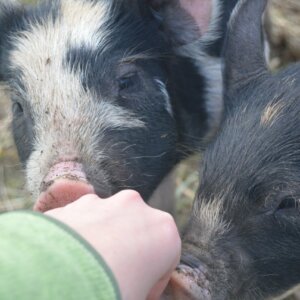

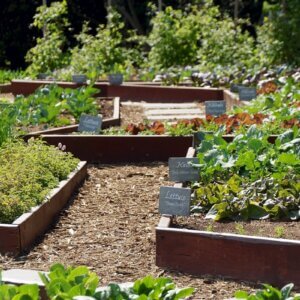


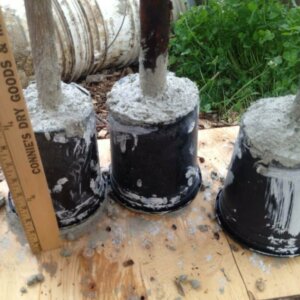
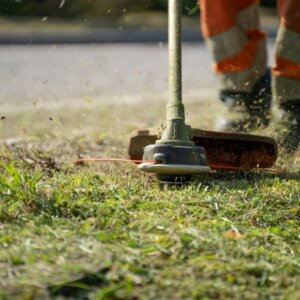
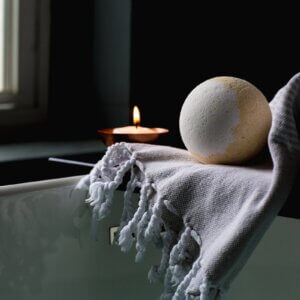

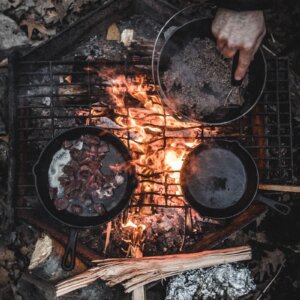

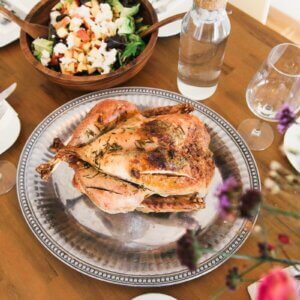
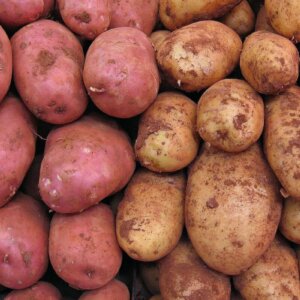

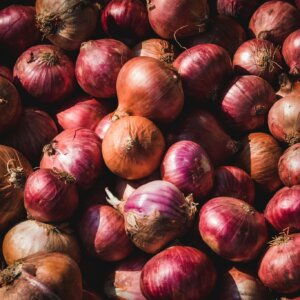

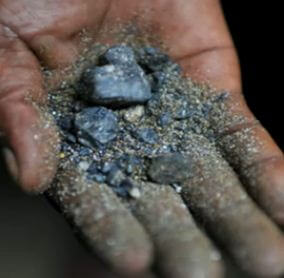
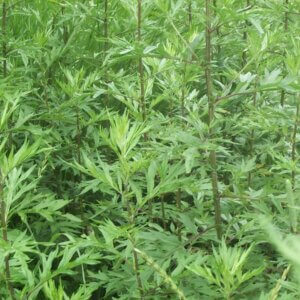
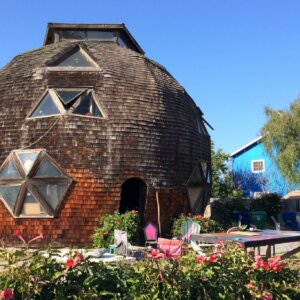

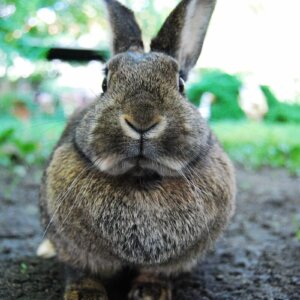
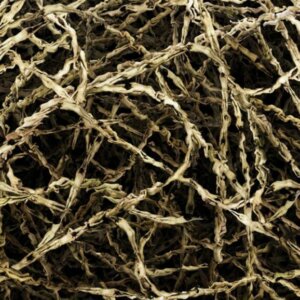


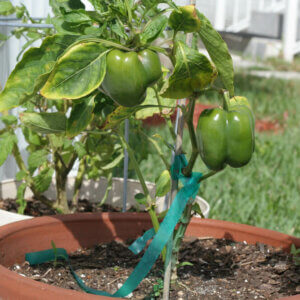
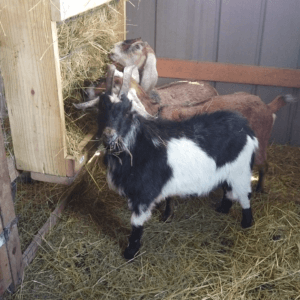
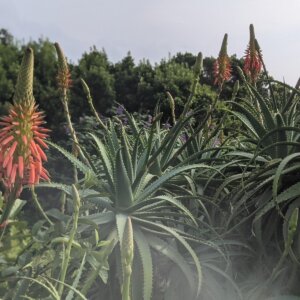

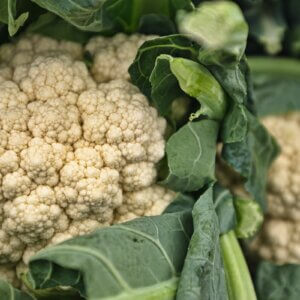


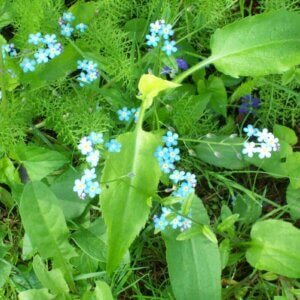




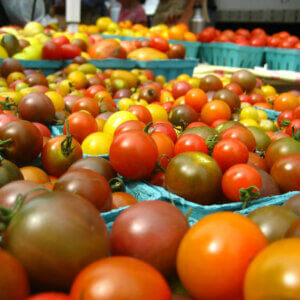
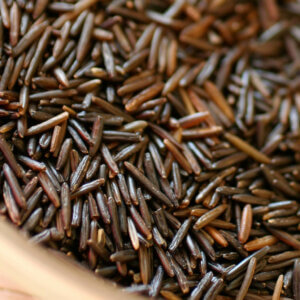
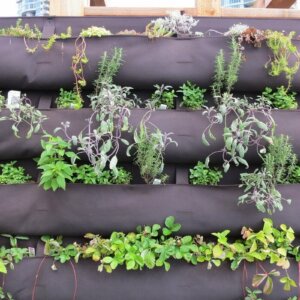

Leave a Reply